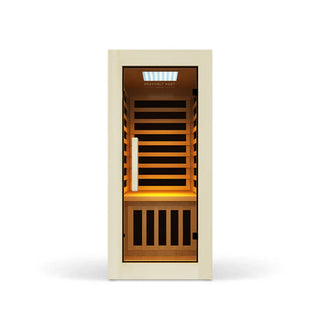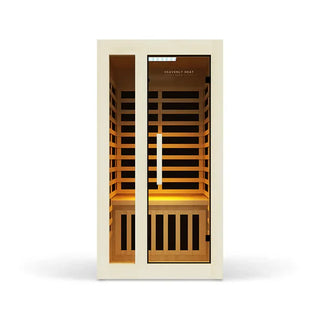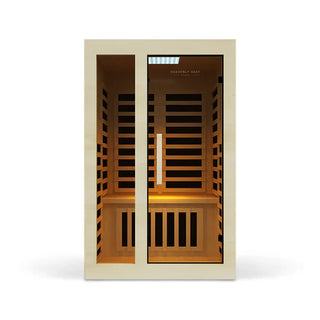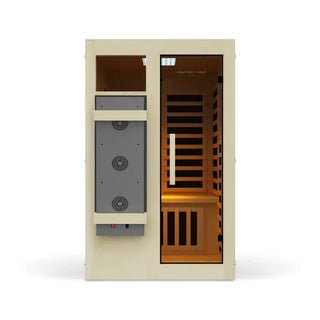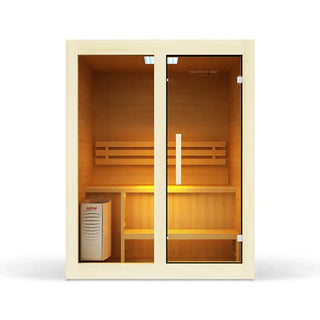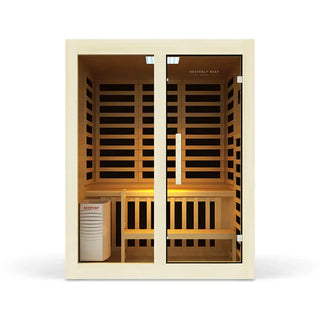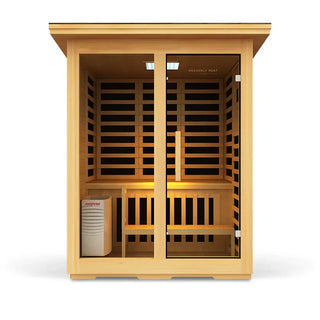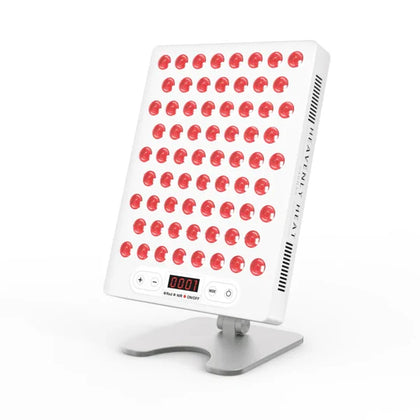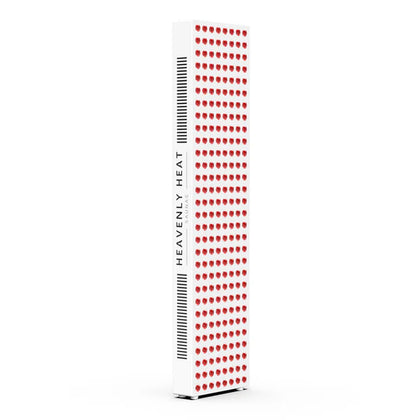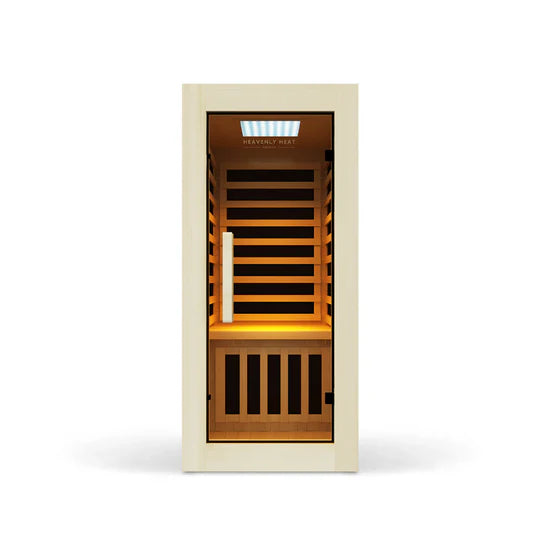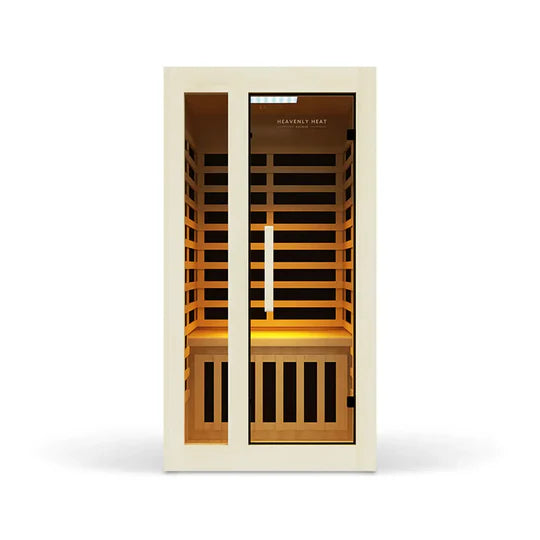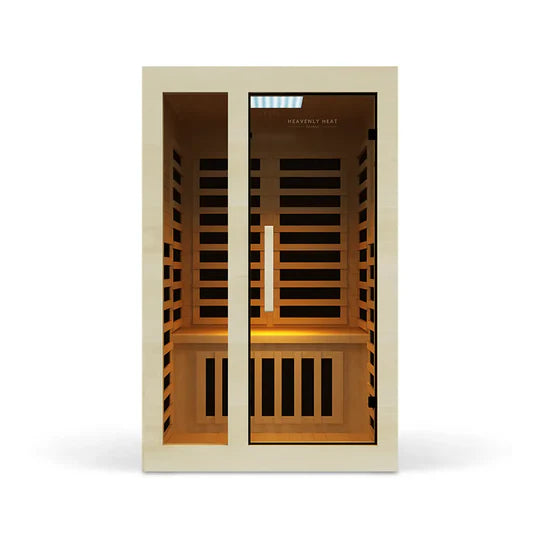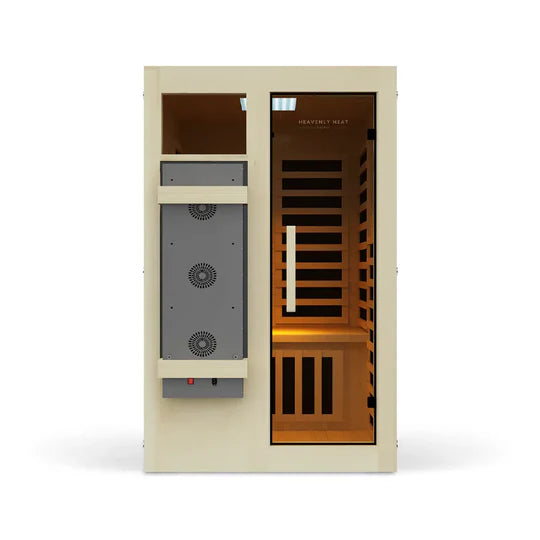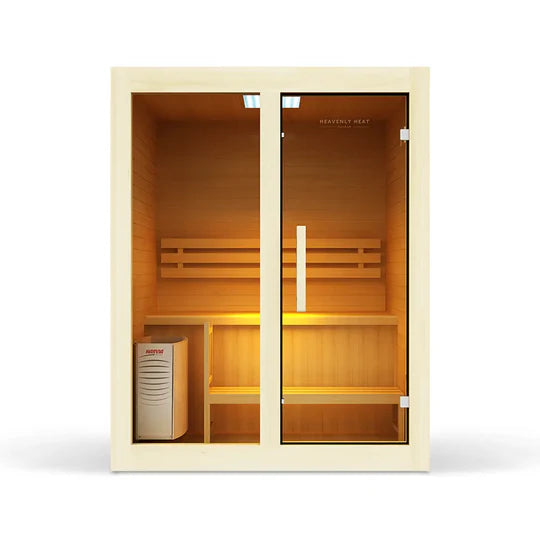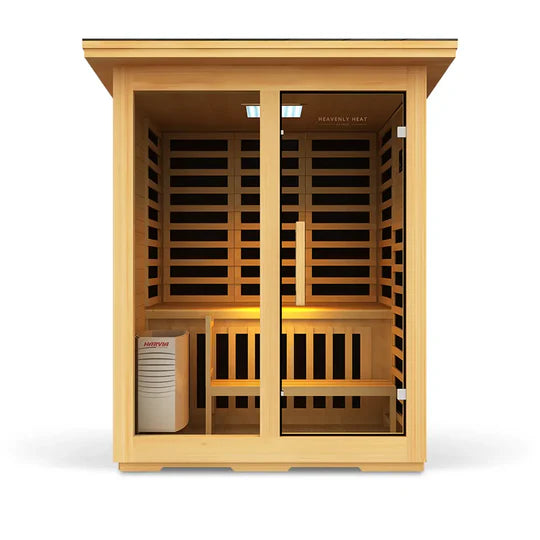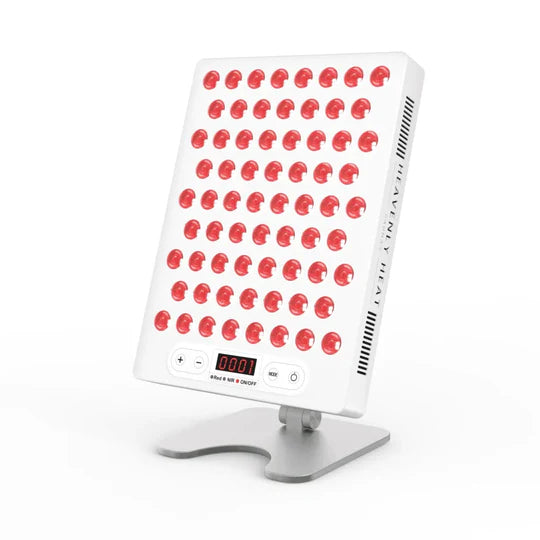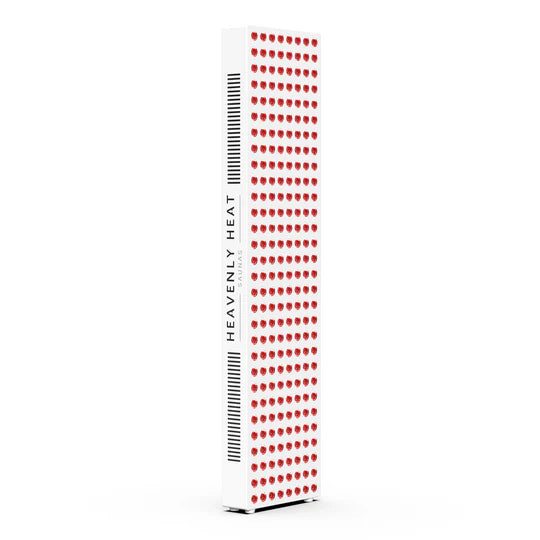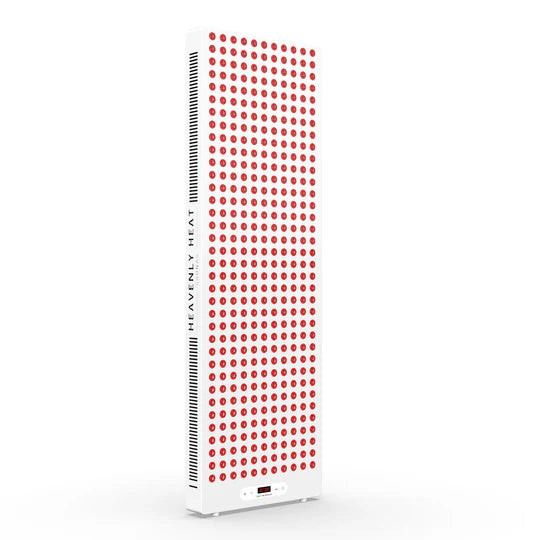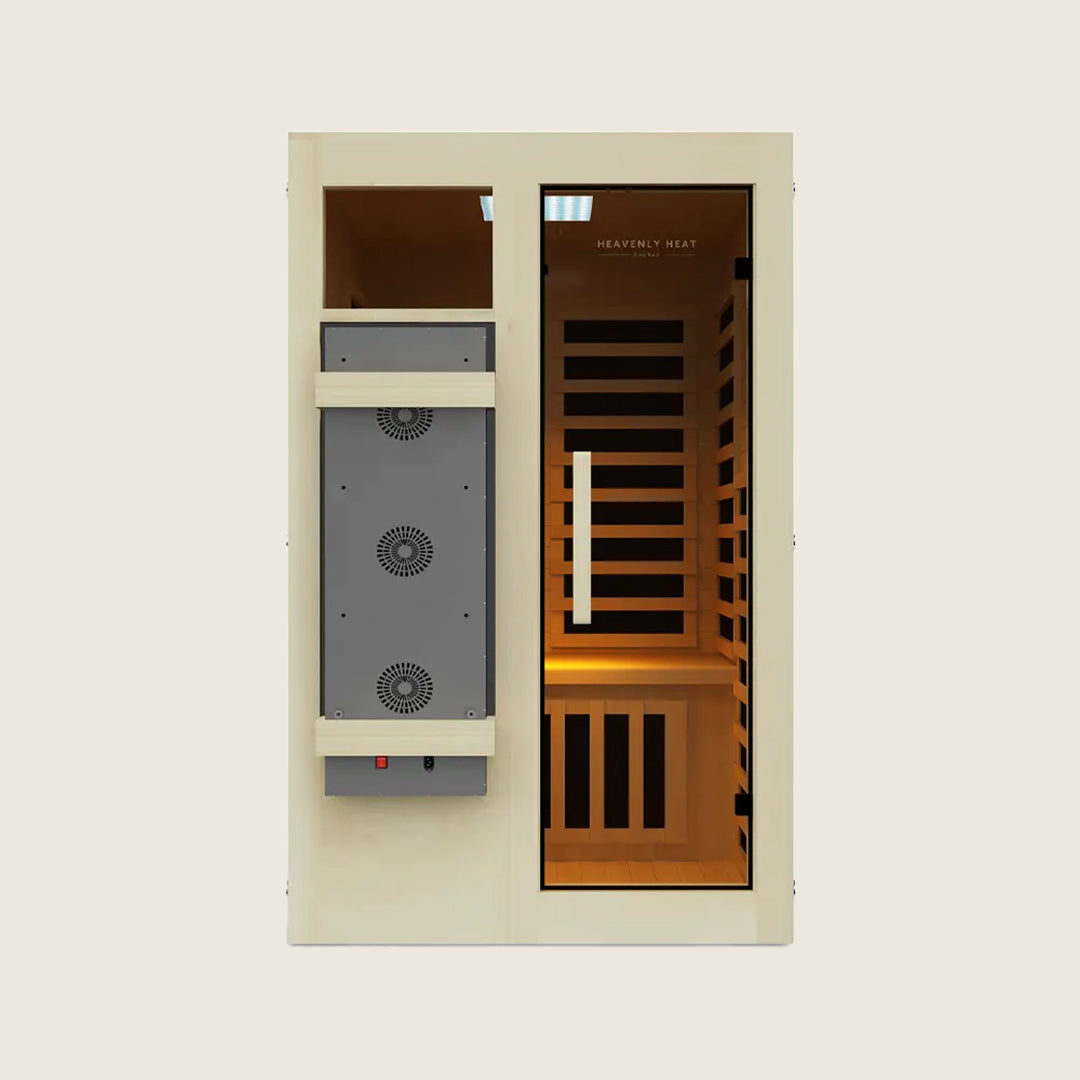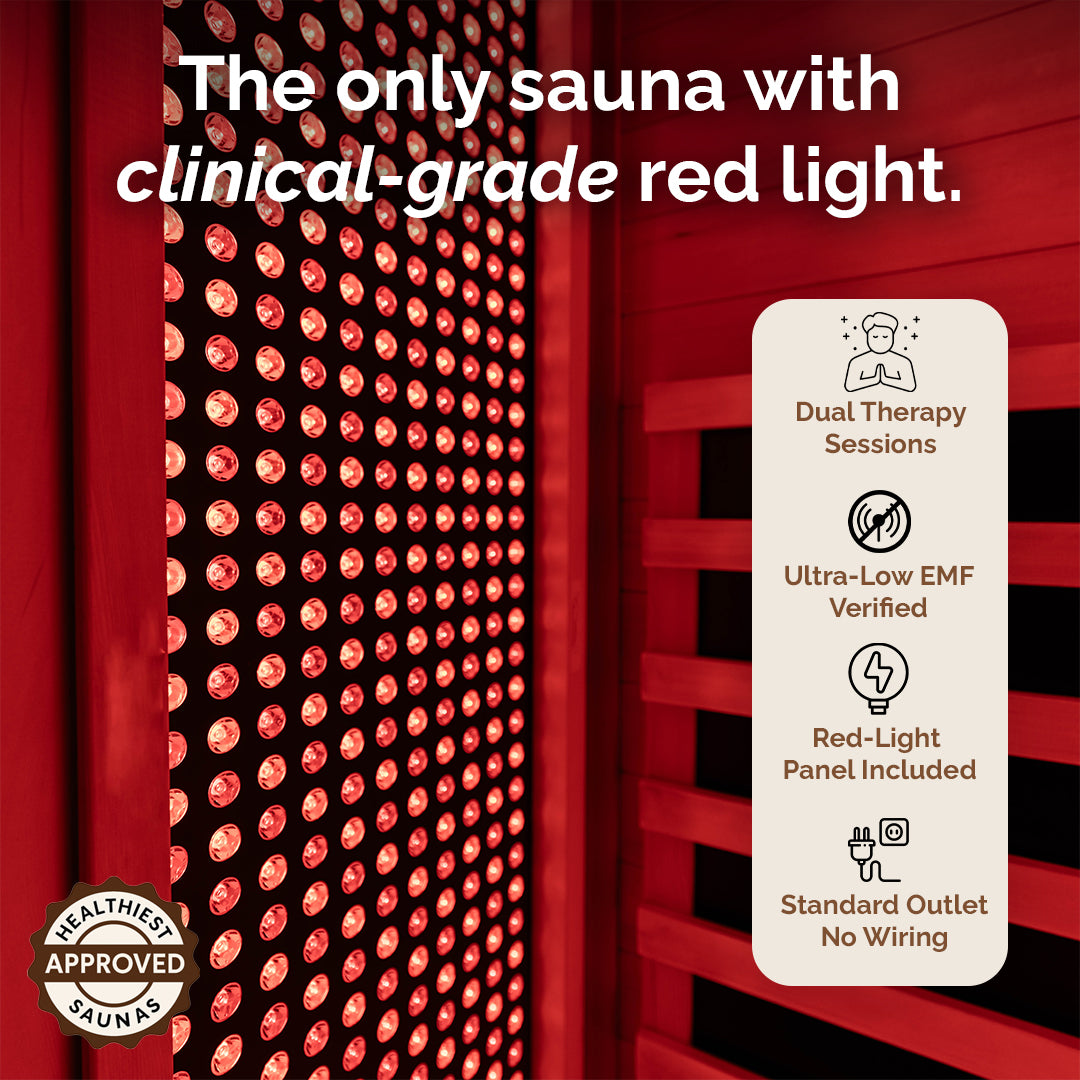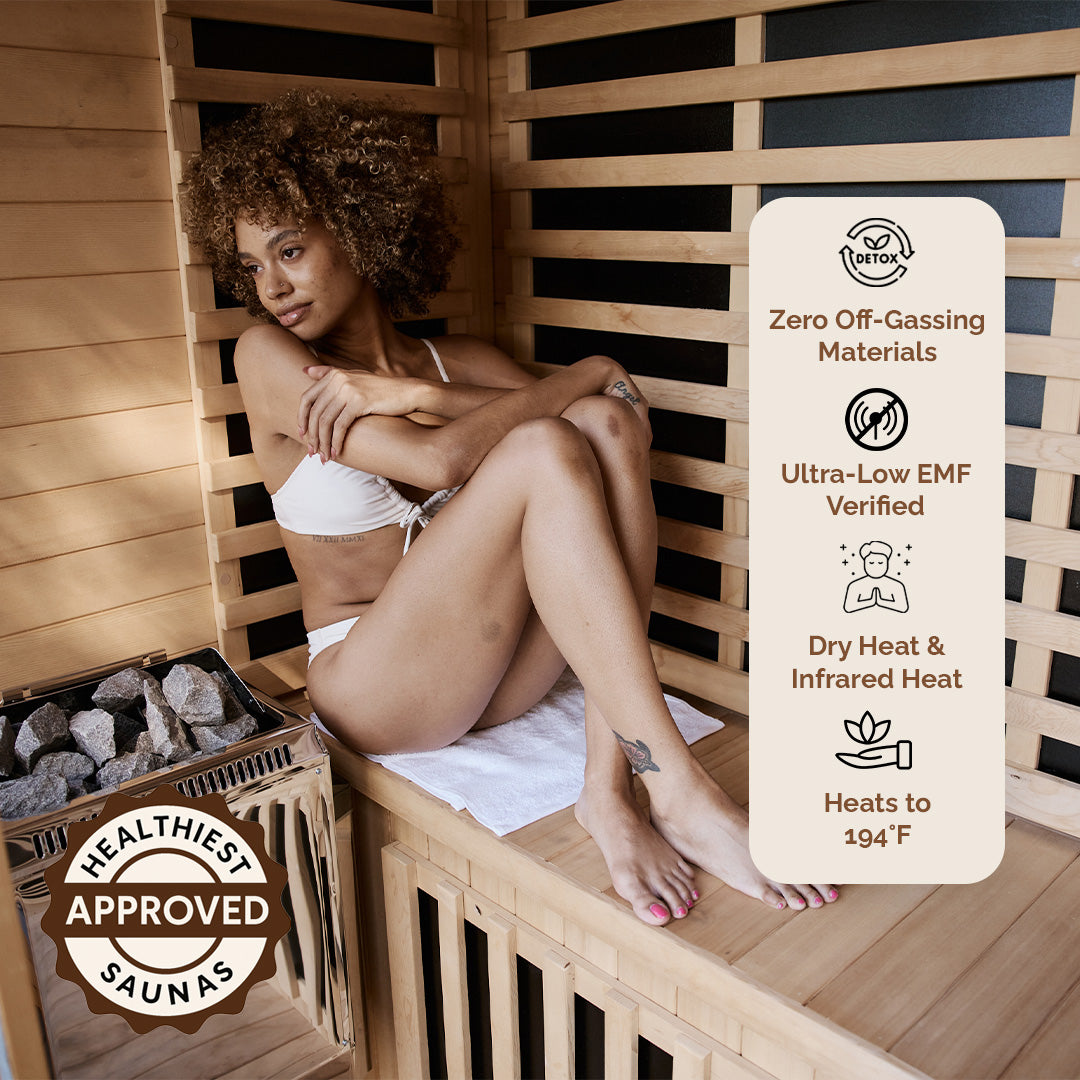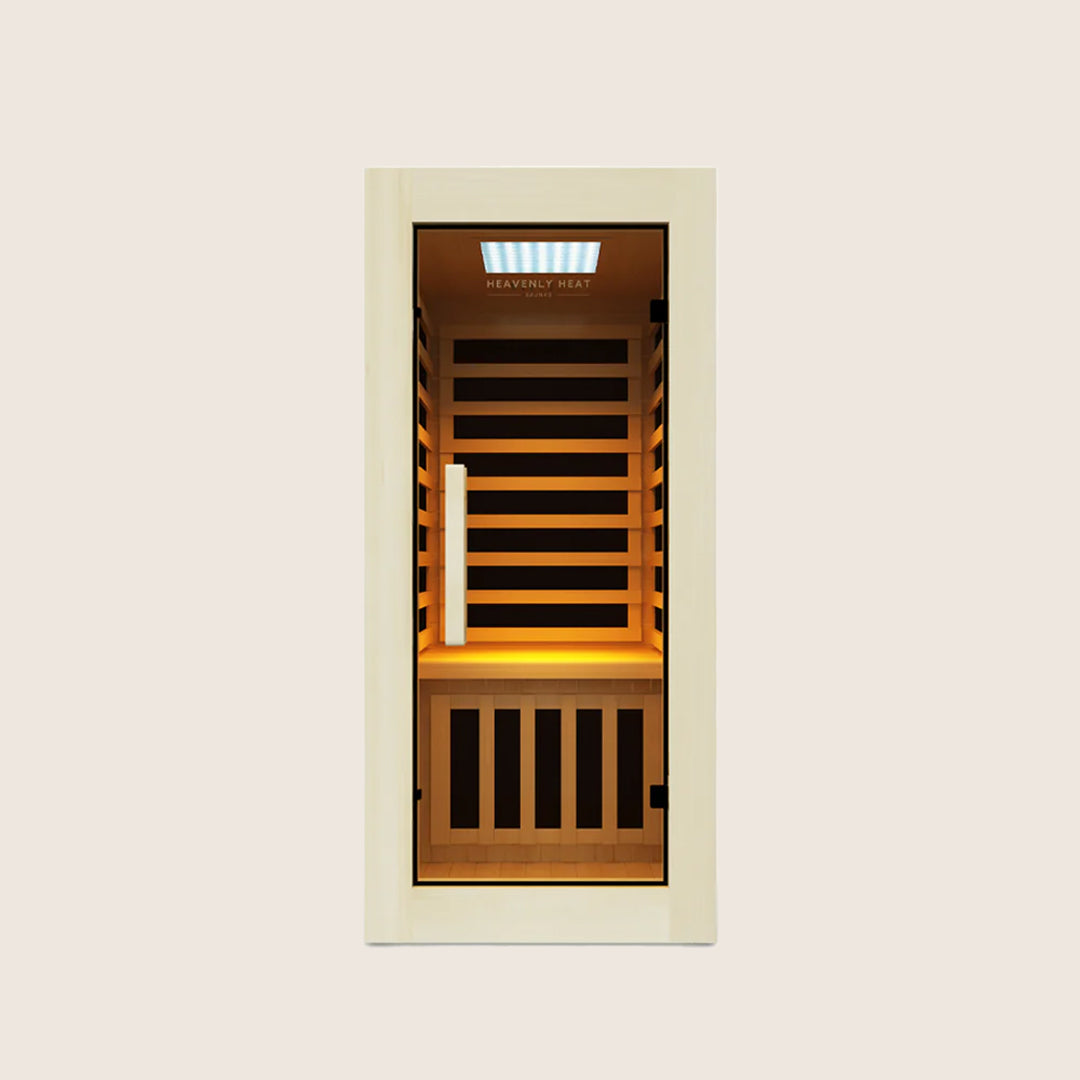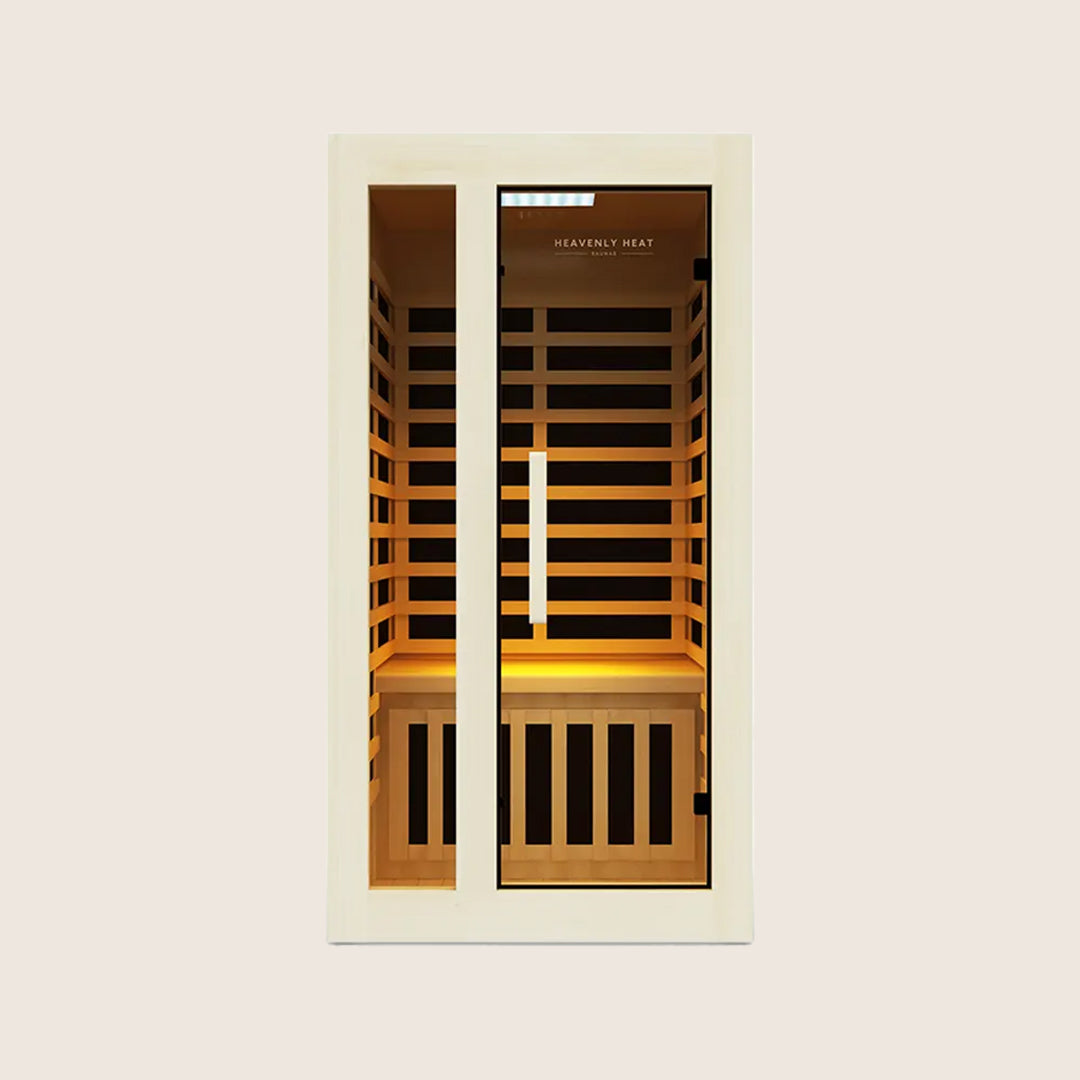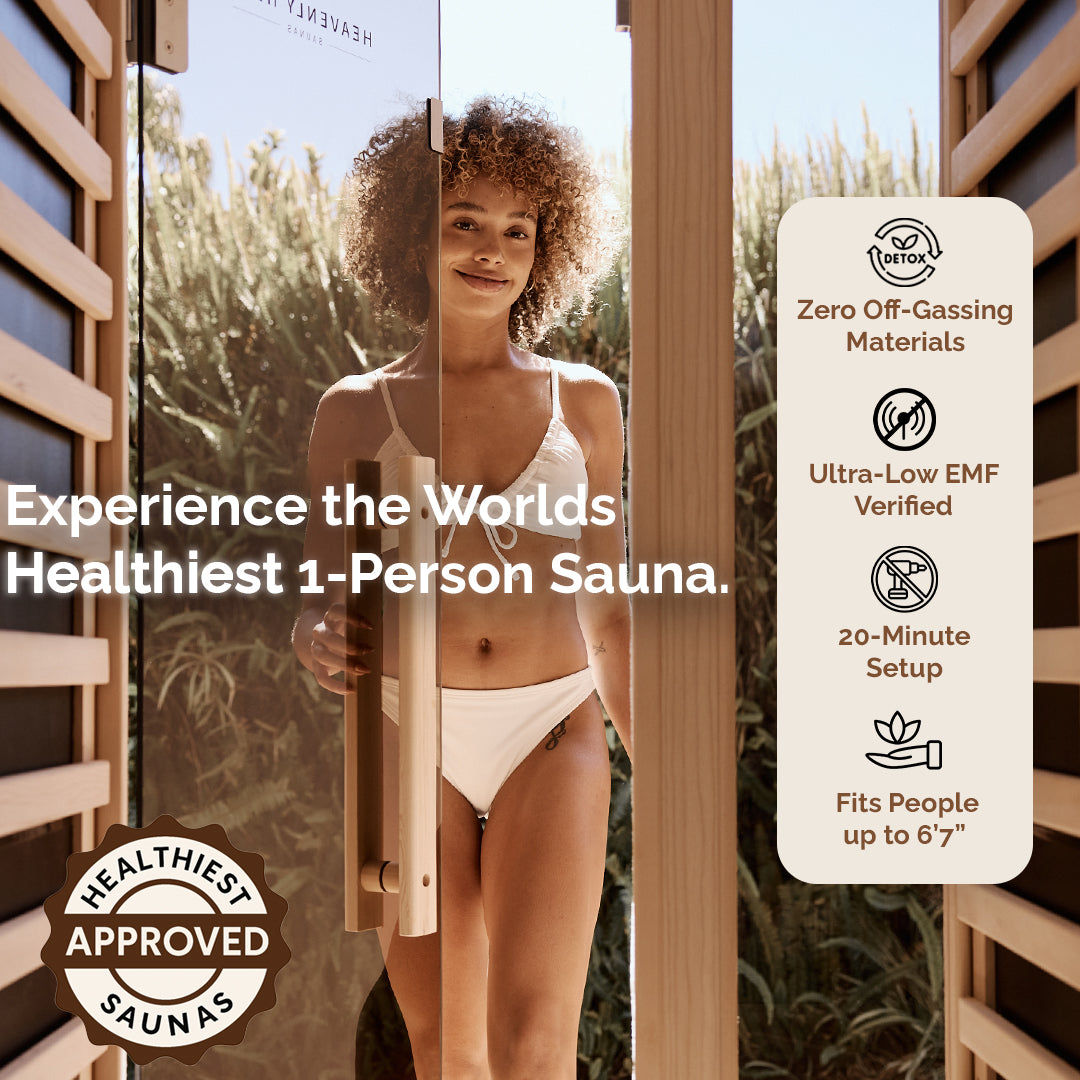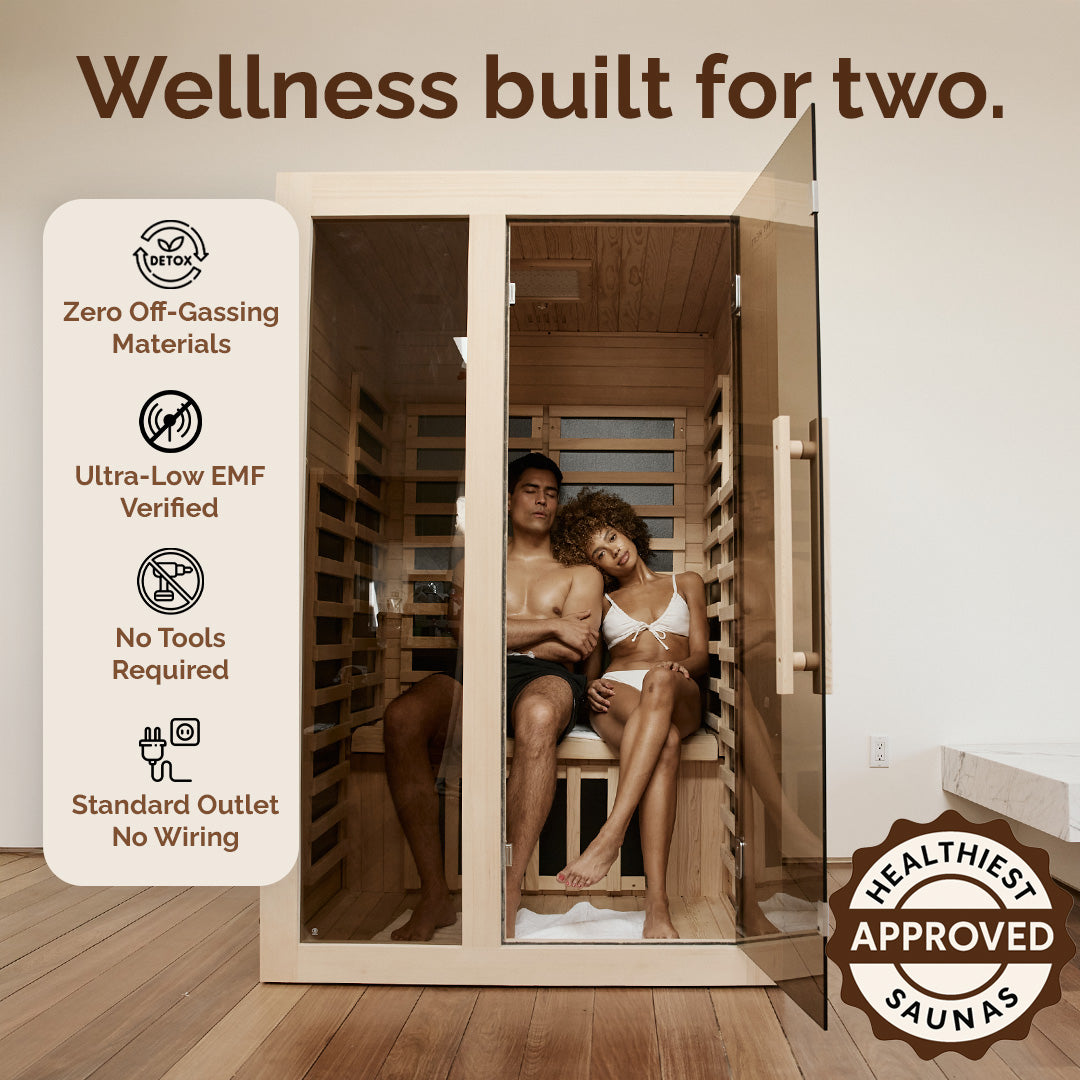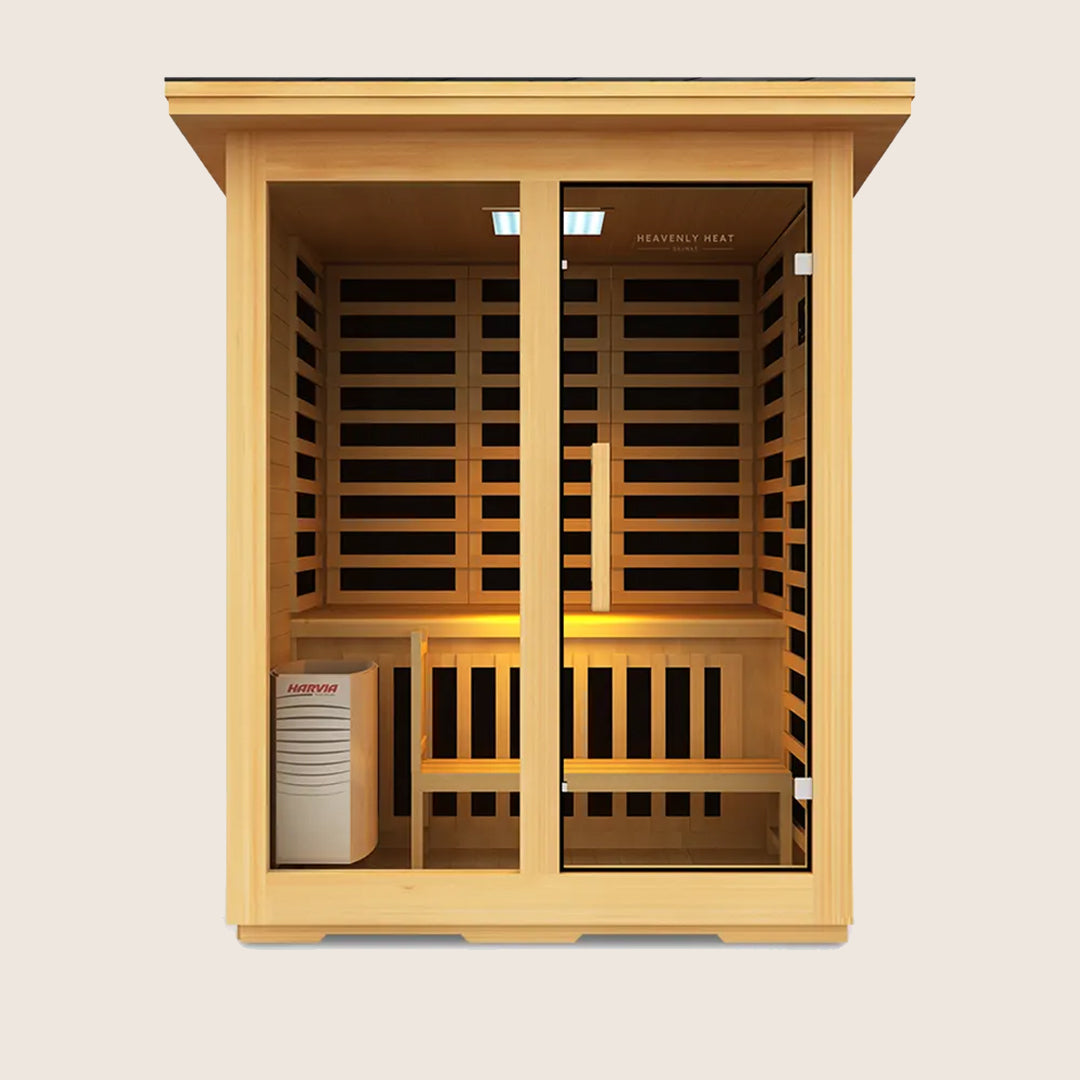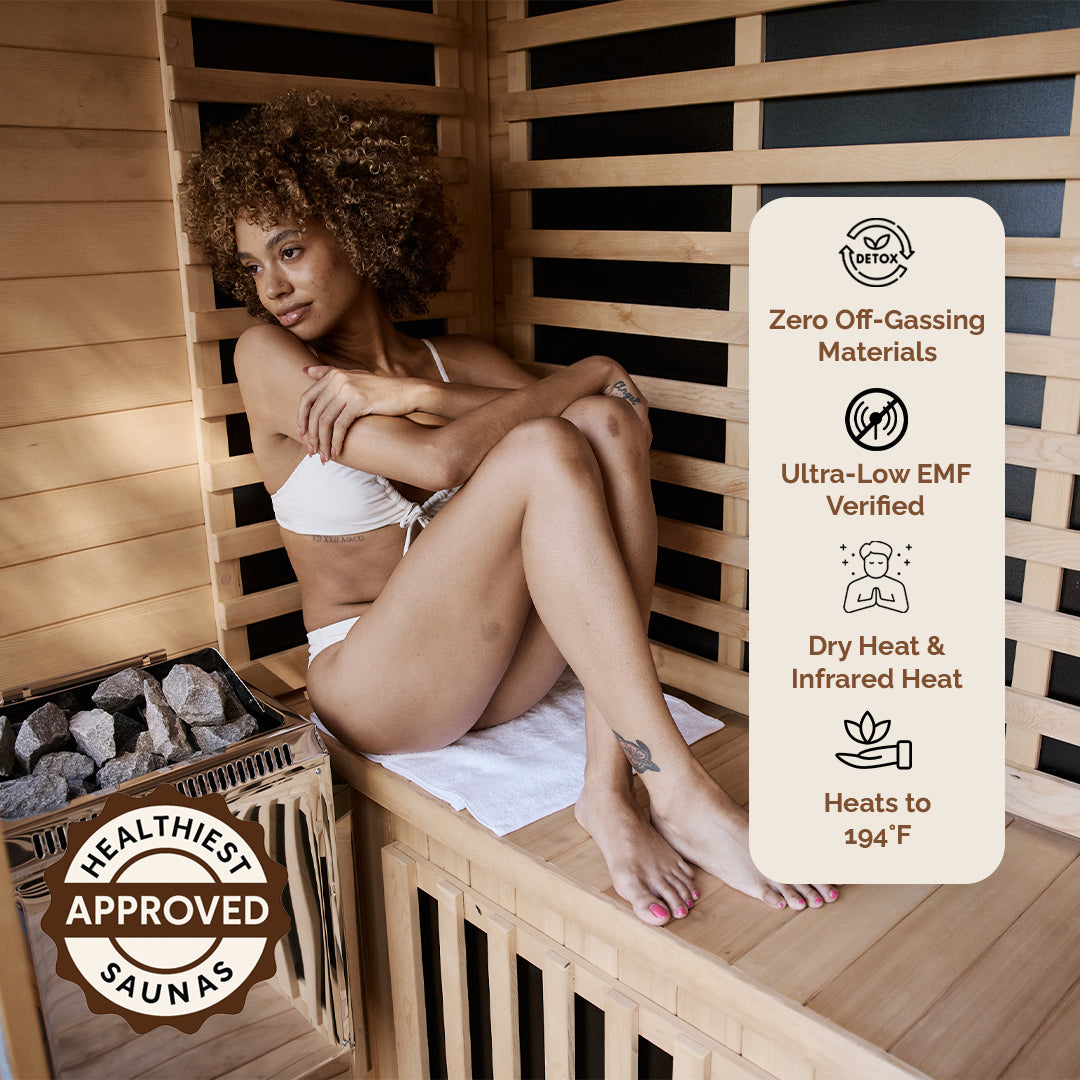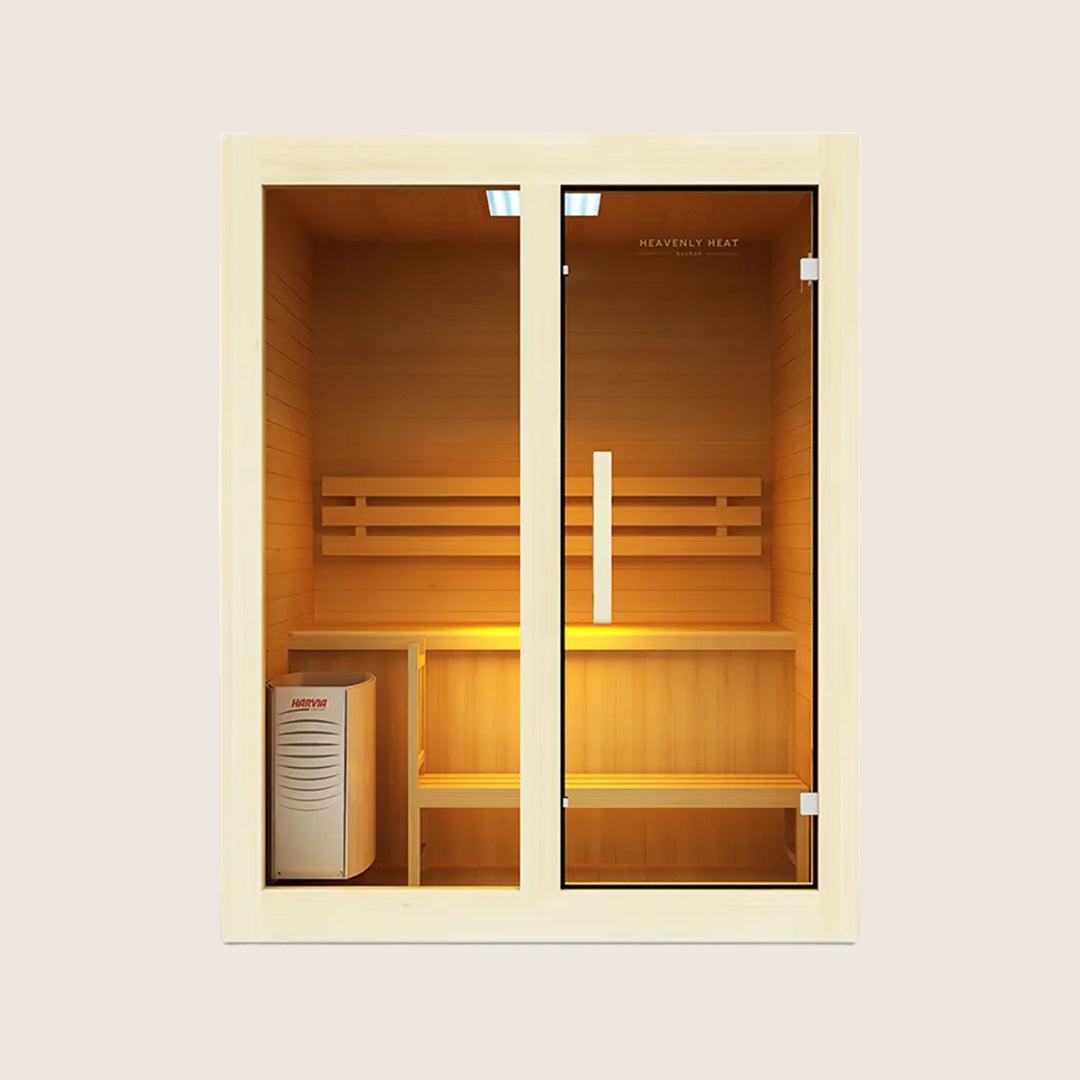How Often Can You Do Blue Light Therapy?

Blue light therapy is a popular way to treat acne, boost mood, and improve skin health, without harsh chemicals or pain.
But how often should you use it to see real results? In this guide, you'll learn how it works, when to use it, and how to get the best results safely and effectively.
Table of contents
Key Takeaways
-
Use Blue Light to Treat Acne: It targets bacteria, reduces inflammation, and improves skin clarity.
-
Support Skin and Mood: It boosts collagen, speeds healing, and helps regulate sleep and energy.
-
Stay Safe During Treatment: Always protect your eyes and avoid overuse or sun exposure afterward.
-
Be Consistent With Use: Daily or weekly sessions work best—follow your device’s or dermatologist’s advice.
-
Expect Results in Weeks: Most people see noticeable acne improvement within 4 weeks of regular use.

What is Blue Light Therapy?
According to Healthline, blue light therapy is a noninvasive treatment that uses specific wavelengths of blue or violet light to target conditions on or just beneath the skin.
When used alone, it helps treat acne, inflammation, and mood disorders. When combined with light-sensitive drugs, it becomes photodynamic therapy, used to treat precancerous and cancerous skin lesions by destroying abnormal cells.
Treatments are painless and usually performed in outpatient settings or at home using personal devices.
Blue light therapy offers several key benefits:
Acne treatment: Destroys acne-causing bacteria (P. acnes), reducing inflammation and breakouts.
Collagen stimulation: Encourages fibroblasts to produce collagen, improving skin firmness and reducing fine lines.
Wound healing: Boosts blood flow and oxygen delivery to support faster tissue repair.
Fights skin infections: Effective against bacteria and fungi; helps calm eczema, psoriasis, and other inflammatory skin conditions.
Mood and sleep support: Regulates melatonin and circadian rhythms, helping with Seasonal Affective Disorder (SAD) and sleep quality.
Safety precautions include wearing eye protection, avoiding direct sunlight after treatment (especially if photosensitizing drugs are used), and not using therapy if you have conditions like lupus or porphyria.
Alternatives include:
Red light therapy: Best for anti-aging and inflammation.
Infrared sauna therapy: Promotes deep tissue relaxation and detoxification.
LED facial masks: Convenient at-home option for acne and skin tone.

What Are the Benefits of Blue Light Therapy?
Blue light therapy works really well for treating acne, and it doesn’t use any harsh chemicals.
In one study, people used a blue and red light device once a day for 12 weeks. By the end, their acne got much better and their skin looked healthier.
Another study showed that using blue light at home helped reduce pimples, blackheads, and whiteheads in just one week, with even better results after a month.
People said it was easy to use, safe, and way better than creams they had tried before. Blue light makes treating acne simple, gentle, and effective.

What Are the Negative Side Effects of Blue Light Therapy?
Blue light therapy is generally safe, but it may cause side effects such as redness, swelling, tenderness, mild bruising, blistering, crusting, and peeling.
Other possible effects include dry skin, color changes, stinging, itchiness, irritation, and in rare cases, skin infections or breathing difficulties.
How to Use Blue Light Therapy?
-
Start with Short Sessions: Begin with 10–15 minutes per session to allow your skin to adjust gradually.
-
Use at the Same Time Daily: Consistency helps improve results, so pick a time that fits into your daily routine.
-
Keep the Proper Distance: Maintain the recommended distance from the light device (usually 6–12 inches) for safe and effective use.
-
Cleanse Your Skin Before Use: Make sure your face is clean and free of makeup or lotions for better light penetration.
-
Avoid Looking Directly at the Light: Protect your eyes by wearing goggles or keeping them closed during the session.
-
Don’t Overuse the Therapy: Stick to the recommended usage to avoid skin irritation or dryness, more isn't always better.
When is the Best Time to Do Blue Light Therapy?
According to studies, the best time for blue light therapy is in the morning. Taking blue light therapy during this time can offer several benefits, including improved mood, increased energy levels, and better regulation of the sleep-wake cycle.
It can also help reduce symptoms of seasonal affective disorder (SAD), enhance alertness, and support overall mental well-being.
Morning exposure to blue light helps align your body’s internal clock, making it easier to fall asleep at night and wake up feeling refreshed.
How Long Should I Do Blue Light Therapy?
According to the Journal of Cutaneous Medicine and Surgery 2024, most people begin seeing results from blue light therapy within 4 weeks, with an average of 22 sessions improving acne by 43%.
Dermatologists and manufacturers typically recommend short daily or weekly sessions, depending on acne severity.
With regular use, many users experience clearer skin, making blue light therapy a promising option for acne treatment.
How Often Can You Do Blue Light Therapy?
Blue light therapy frequency depends on the condition and device used. For acne, treatments are typically once or twice weekly for several weeks, then maintenance.
At-home devices may require daily use. Always follow manufacturer guidelines and consult a dermatologist for professional treatment recommendations.
Can I Overuse a Home Blue Light Therapy Device?
While blue light therapy is generally safe, overuse can lead to diminishing results or mild irritation.
Doing multiple sessions per day won't enhance acne or collagen benefits and may cause skin sensitivity.
Stick to recommended usage to avoid counterproductive effects and maintain treatment effectiveness.
Should I Use Blue Light Therapy at the Same Time Every Day?
Using blue light therapy at the same time daily isn't essential, but maintaining a consistent schedule can help regulate your circadian rhythm and improve sleep.
For skin treatments, daily sessions aren't always needed, spacing them out may yield better results depending on your skin’s condition and goals.
Can I Resume Blue Light Therapy After Missing a Few Days?
Yes, you can usually resume blue light therapy after missing a few days without restarting the full treatment.
However, it’s important to consult your dermatologist or treatment provider to confirm the best course of action based on your specific condition and treatment plan.


